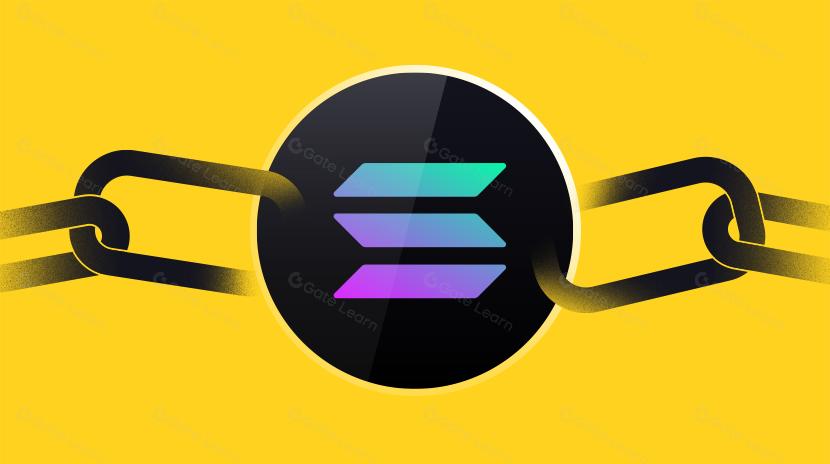what is proof of time

Proof of Time is a consensus mechanism used to verify the passage of time and ensure the accuracy of transaction order in blockchain networks. It is typically used in conjunction with other validation mechanisms (such as Proof of Work or Proof of Stake) to provide additional security guarantees for blockchain systems. The core value of Proof of Time lies in addressing time-ordering attack issues in traditional blockchain networks, ensuring all participants reach consensus on the sequence of events, thereby maintaining the reliability and security of the entire system.
Background and Origin of Proof of Time
The concept of Proof of Time originated from addressing temporal issues in blockchain networks. In early blockchain systems, due to the nature of distributed networks, it was difficult to precisely determine the order of transactions, creating potential security vulnerabilities. In 2016, Anatoly Yakovenko, founder of the Solana blockchain, first proposed the concept of Proof of History, which is a specific implementation of a time proof mechanism. Subsequently, other projects such as Avalanche and Algorand developed their own time verification mechanisms, driving further development and application of this technology.
The evolution of time proof mechanisms reflects the continuous exploration of blockchain technology for more efficient and secure consensus mechanisms. From the initial simple timestamps to today's complex verifiable delay functions (VDFs), time proofs have become an indispensable component of modern high-performance blockchains.
Working Mechanism of Proof of Time
The core principle of Proof of Time is to prove the passage of specific amounts of time through cryptographic methods. Its basic working mechanism includes:
- Sequential hashing: The system continuously executes hash functions, using the output of the previous operation as input for the next, forming a non-parallelizable computation sequence.
- Verifiable Delay Functions (VDFs): These special functions require a specific time to compute but results can be quickly verified, ensuring that valid proofs can only be generated after a certain time has passed.
- Timestamp verification: Network nodes verify the order and intervals of timestamps, rejecting blocks that do not conform to expected time passage.
- Integration with consensus mechanisms: Proof of Time typically serves as an auxiliary mechanism combined with primary consensus algorithms (such as PoS or PoW) to enhance system security.
In practical applications, such as Solana's Proof of History (PoH) system, a historical record is created to prove that a data block was generated after a specific event. This mechanism allows the network to process transactions at extremely high speeds while maintaining the correct sequencing of events, greatly enhancing the processing capacity and efficiency of the blockchain.
Risks and Challenges of Proof of Time
Despite the many benefits that Proof of Time brings to blockchain systems, it also faces a series of risks and challenges:
- Centralization risk: Some implementations of time proofs may lead to centralization of validation power, especially when the validation process requires high-performance hardware.
- Hardware dependency: Efficient execution of verifiable delay functions may require specialized hardware, increasing the cost barrier to network participation.
- Security assumptions: Time proof mechanisms are based on certain cryptographic assumptions; if these assumptions prove to be insufficiently robust, the security of the entire system may be compromised.
- Network latency issues: In globally distributed networks, nodes in different regions may experience different network latencies, affecting the accuracy of time verification.
- Coordinated attacks: Malicious actors may attempt to manipulate the time proof process, especially when there are relatively few network nodes.
These challenges require designers of time proof mechanisms to continuously improve their implementation methods, finding a balance between efficiency, decentralization, and security.
Proof of Time, as an important innovation in blockchain technology, provides an effective solution to temporal issues in distributed systems. By ensuring the correct order of transactions and events, it enhances the security and reliability of blockchain networks, laying the foundation for high-performance blockchains. Despite facing some technical and implementation challenges, with deepening research and technological advancement, time proof mechanisms are expected to play an increasingly important role in future blockchain systems, driving the entire industry toward greater efficiency and security.
Share
Related Articles

The Future of Cross-Chain Bridges: Full-Chain Interoperability Becomes Inevitable, Liquidity Bridges Will Decline

Solana Need L2s And Appchains?
